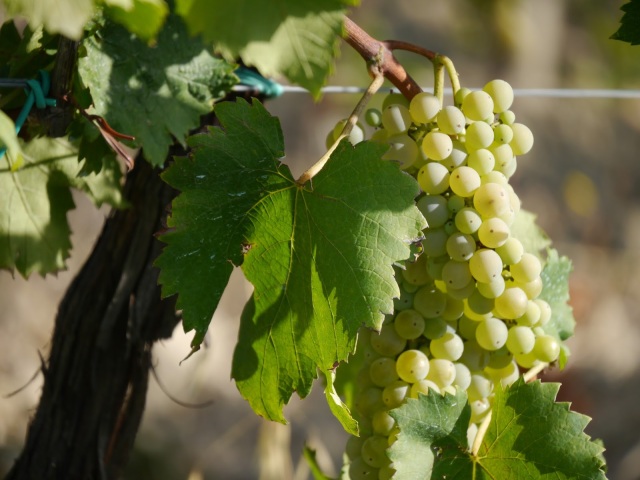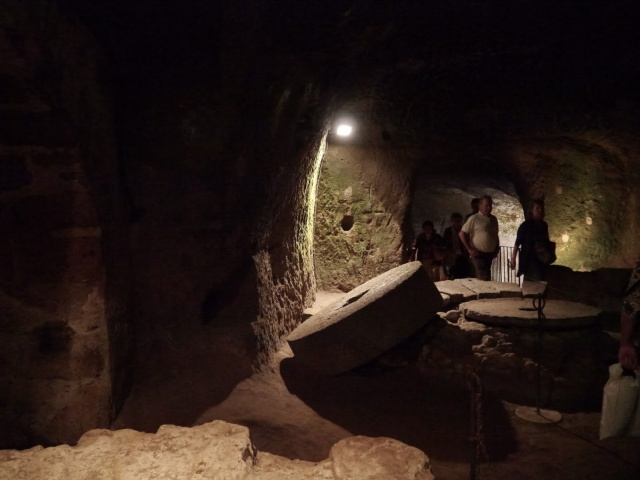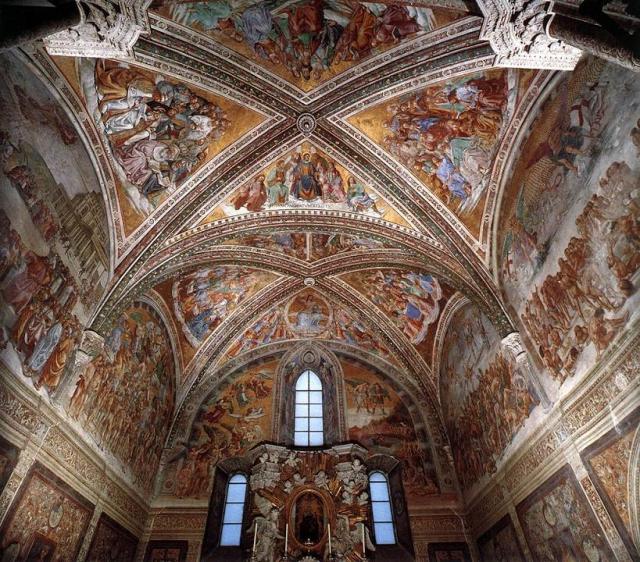Luca Signorelli’s frescoes of ‘The Last Judgement’ in the Cappella di San Brizio in the Duomo of Orvieto is claimed by some to equal or exceed Michelangelo’s famous version of that story painted on the end wall of the Sistine Chapel in the Vatican. Having now been fortunate enough to see both, I’ll pick Signorelli’s work. Although Michelangelo’s Sistine ceiling is superb, I’ve always thought his ‘Last Judgement’ to be a bit over-rated – rather grim, a writhing and a creaking air to it (even considering that a pious Pope had someone later paint decorous bits of clothing over the naughty bits of the completely naked figures of Michelangelo). Signorelli’s frescoes have more lightness, and more narrative, I think. Recently restored, they have a freshness to the eye, and an absorbing narrative. I managed a crick on my neck from staring at them. Entrancing. Continue reading
Tag Archives: Orvieto
Orvieto’s Duomo
 |
| Duomo of Orvieto |
I could apologise for including in this post so many photos of the facade of the Duomo in Orvieto (an Umbrian town), but I think it’s justified. That moment when it bursts upon you as you walk through the narrow alley-like streets of the medieval town – magic. You’re in dark shadows, you look up, and gasp when the shimmer of the facade glows between the tall buildings. Continue reading
The Umbrian Countryside
 |
| Orvieto Classico on the vine. |
Umbria, the only province of Italy without a sea coast, is a prime attraction for travellers looking for the countryside of Italy. Along with its neighbouring province of Tuscany, it’s the go-to area for hiring a casa di campana and spending a week eating and drinking well, with a few exquisite treasures of art or history thrown in. Continue reading
Underground in Italy
 |
| Caves of Orvieto |
There are so many layers under everything in Italy. If you dig a mere metre under the ground anywhere in this country, it’s very likely that you’ll find some evidence of ‘those who went before’. Rome is known for it’s creepy crypts, and its Roman ruins everywhere. But even in the centre of the country, high in the mountains, there’s lots of history underground.
